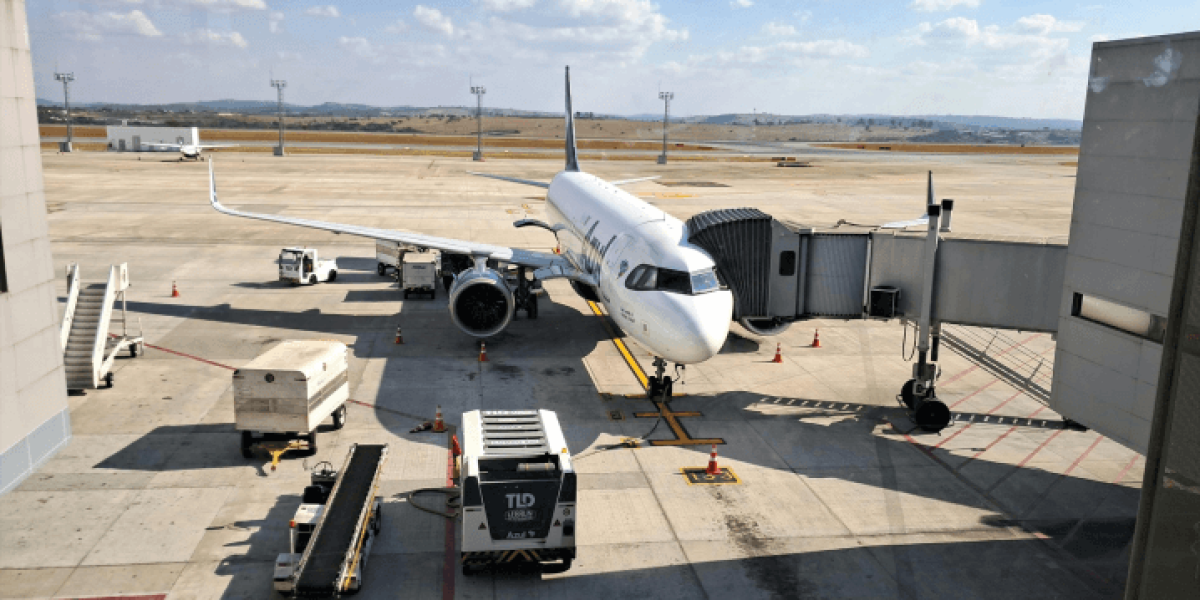✈️ What Are Dangerous Goods in Aviation?
Every day, thousands of shipments containing hazardous substances move through the global air cargo network. These are known as dangerous goods—and handling them requires precision, compliance, and training. If you’re in aviation or logistics, understanding dangerous goods is not just useful—it’s essential. Failure to do so can put lives, property, and the environment at risk.
🚨 What Are Dangerous Goods in Aviation?
Dangerous goods (DG), also known as hazardous materials (hazmat), are items or substances that pose a risk to health, safety, property, or the environment when transported. These can include:
- Explosives
- Flammable liquids and gases
- Toxic or infectious substances
- Radioactive materials
- Lithium batteries
- Corrosives and oxidizers
The International Air Transport Association (IATA) classifies dangerous goods into nine hazard classes, each with its own regulations for packaging, labeling, and handling. The classification system helps ensure consistency and safety across international borders, making it easier to identify and manage risks associated with each class.
📦 Examples of Dangerous Goods in Aviation
Even everyday items can be considered dangerous goods:
- Power banks and smartphones (Class 9 – Lithium Batteries)
- Perfume or nail polish (Class 3 – Flammable Liquids)
- Camping stoves or lighters (Class 2 – Flammable Gases)
- Medical isotopes (Class 7 – Radioactive Materials)
- Dry ice (Class 9 – Miscellaneous Dangerous Goods)
With the growing use of lithium batteries in consumer electronics, incidents involving overheating or fire have increased. This highlights the need for stringent packaging standards and proper declaration. Similarly, radioactive materials, although often transported in small, controlled quantities for medical use, require special handling procedures to ensure containment and shielding.
🧱 Why Proper Classification and Training Matter
The risks associated with dangerous goods in aviation are not theoretical. Past incidents—including fires, explosions, and cabin contamination—have resulted from improperly shipped materials. That’s why global aviation authorities require:
- Proper classification of the substance
- Approved packaging and labeling
- Accurate documentation (Shipper’s Declaration)
- Trained personnel for every step of the transport chain
The IATA Dangerous Goods Regulations (DGR) manual is the industry standard and must be followed by all stakeholders involved in air transport. A lack of knowledge or misinterpretation of these guidelines can lead to rejected shipments, regulatory penalties, or worse—a preventable accident. Regular training and certification are vital to staying compliant and safe.
👩✈️ Who Needs Dangerous Goods Training?
You need dangerous goods training if you are:
- Airline or cargo acceptance staff
- Ground handling agent
- Shipper or freight forwarder
- Security screener
- Cabin or flight crew
- Packaging and documentation staff
Depending on your role, you may need different IATA training functions such as 1.5 (shippers and packers), 7.2 (acceptance and handling), or 1.6 (limited quantities). Understanding which function applies to you is the first step toward compliance. Each function carries specific legal responsibilities, and training must be renewed every two years to remain valid under ICAO and IATA requirements.
🎓 How to Get Certified
At Logicom Hub, we offer IATA-aligned training modules for every role in the DG chain. Whether you’re preparing shipments or accepting them at a terminal, our Dangerous Goods by Air courses cover:
- Hazard classification
- Packaging and labeling
- Documentation
- Handling procedures
- Emergency response
Our courses include real-world scenarios, interactive content, and competency-based assessments that reinforce learning. You will receive a certificate valid for two years, which meets the latest ICAO and IATA standards. We also offer refresher courses and enterprise solutions for organizations seeking to certify multiple employees at once.
✅ Final Thoughts
In aviation, safety starts on the ground. Dangerous goods are everywhere—from batteries to biotech. With the right knowledge, you can prevent accidents, ensure compliance, and protect your team and customers. Whether you’re new to dangerous goods or an experienced handler, continuous education is your best defense against errors.
To learn more, explore our full training library or speak with our team at: https://logicomhub.com

